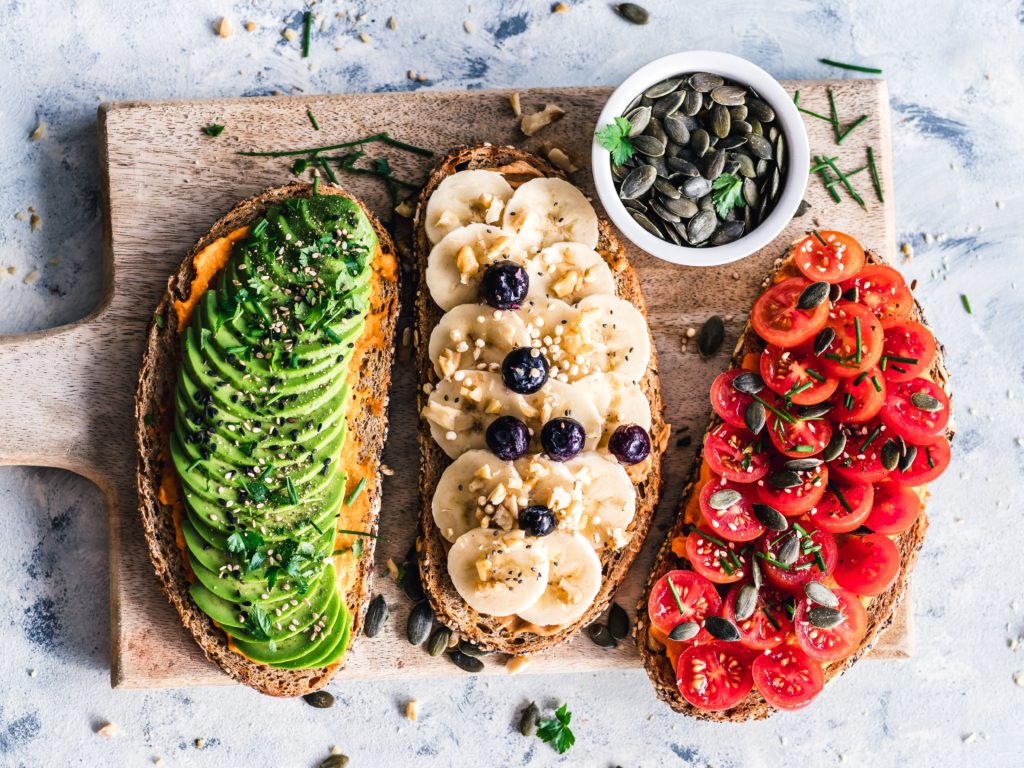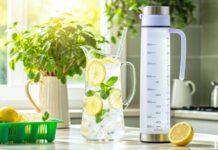
With bulging waistlines a huge issue, many folks across the country are on the lookout for an alternative, healthier diet plan. Any research along these lines will often point to veganism. But for many, making that switch seems a bit too extreme. Yet, for recent vegan converts, they wouldn’t have it any other way. To be a vegan means you shouldn’t eat or wear anything that was once a living animal. On the no list is: meat, chicken, fish, dairy, leather and fur. The obvious question then becomes “what’s left?” Actually, quite a lot.
Veganism is a more dedicated type of vegetarian lifestyle.
A typical meal for a vegan can consist of a wide array of veggies, beans, nuts, grains, seeds and fruits. Where’s the protein? That’s easy; it’s in the soy. Soy is a potent source of natural protein that is quite adaptable. Soy absorbs whatever flavor is used to spice it up. As a result, it’s a terrific and versatile source of protein that can become many different main courses.
On the plus side of veganism is dropping your cholesterol to almost “nonexistent” levels.
As a result you can scratch off many diet relates diseases like diabetes or heart disease. But that doesn’t mean a vegan diet is totally risk free. You still have to monitor your intake of high-fat foods like certain kinds of oils, coconuts or avocadoes. And it’s a good idea to add a daily dose of extra vitamins and mineral supplements just to make sure all the health bases are covered.
Once you’ve adopted the vegan way of life, it doesn’t mean you’ll be forced to forage in your garden for all your meals. More and more restaurants are opening up their menus with vegan options from curries dishes to a cheese-less pizza. And the bigger the city, the greater your chance of finding a “raw” restaurant serving up food that’s not cooked but still plenty tasty.










